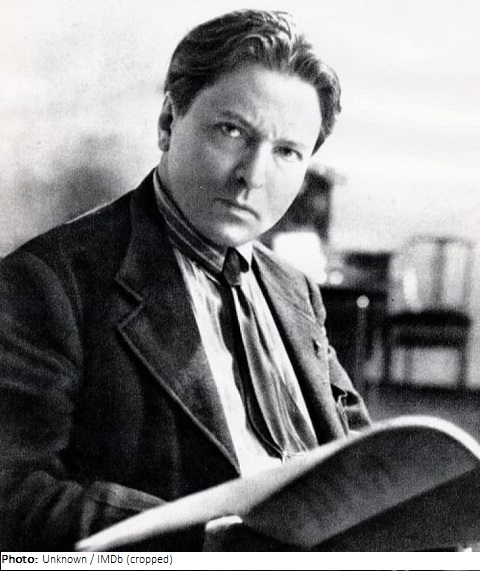
| Roles | Referee |
|---|---|
| Sex | Male |
| Full name | George•Enescu |
| Used name | George•Enescu |
| Other names | Georges Enesco |
| Born | 19 August 1881 in Liveni Vîrnav, Botoșani (ROU) |
| Died | 4 May 1955 (aged 73 years 8 months 16 days) in Paris VIIIe, Paris (FRA) |
| NOC |  Romania Romania |
George Enescu began playing the piano at the age of four and took lessons from a famous gypsy violinist. A year later, George started composing and took up his studies in Iași. In 1888, he enrolled at the Conservatory of the Society of the Friends of Music in Wien (Vienna). After graduating there in 1894, he continued his studies at the Paris Conservatory. In addition to violin, he excelled with the cello, the organ, and the piano. It was in Paris that his opus 1, Poeme roumain, was published.
In 1898, Enescu entered a career as a conductor in București (Bucharest). In 1902, he made his first appearance as a violinist in Berlin and two years later founded the Enescu Quartet. One year later, he conducted the premiere in București of his two Romanian Rhapsodies, the first of which was to become his most famous work. Subsequently, he was appointed court violinist to the Queen of Romania.
After World War I, Enescu toured extensively as a violinist and conductor making his U.S. debut as a conductor, violinist, and composer in New York in 1923. In the 1930s, he gave numerous concerts with the New York Philharmonic as conductor, and sometimes as a violinist.
The outbreak of World War II took him to Romania, where he lived on his farm in Sinaia, near București. In 1946, he returned to New York as a teacher, and in 1950 gave a farewell concert with the New York Philharmonic as a violinist, pianist, conductor, and composer. Eventually, he settled in Paris, where his last years were marked by poverty and poor health. In July 1954, he suffered a stroke and remained an invalid for the rest of his life.
Although Enescu broke off relations with his then-communist homeland, the Romanian government honored him for his many accomplishments. Since 1958, the triannual George Enescu Festival was celebrated in his honor. His compositions included artistic stylizations of Romanian folk tunes. Later, he got also interested in Indian and Southeast Asian music. While his style was neo-romantic, he occasionally made use of experimental means. Enescu’s only opera was Oedipe, first performed in 1936. In addition, he wrote orchestral works, chamber and piano music, choral works, and songs. He possessed a fabulous memory and was able to perform countless works without a score.
| Games | Sport (Discipline) / Event | NOC / Team | Phase | Unit | Role | As | |
|---|---|---|---|---|---|---|---|
| 1924 Summer Olympics | Art Competitions |  ROU ROU |
George Enescu | ||||
| Music, Open (Olympic) | Final Standings | Judge |